15 Book-to-Movie Adaptations That Actually Worked
Some movies manage to live up to the books that inspired them, bringing the characters and stories to life in unforgettable ways. While not every adaptation works, there are plenty that capture the heart of the original and even add something special on screen. Here are a handful of book-to-movie adaptations that really delivered and left a lasting mark.
This post may contain affiliate links, which helps keep this content free. Please read our disclosure for more info.
The Lord of the Rings Trilogy
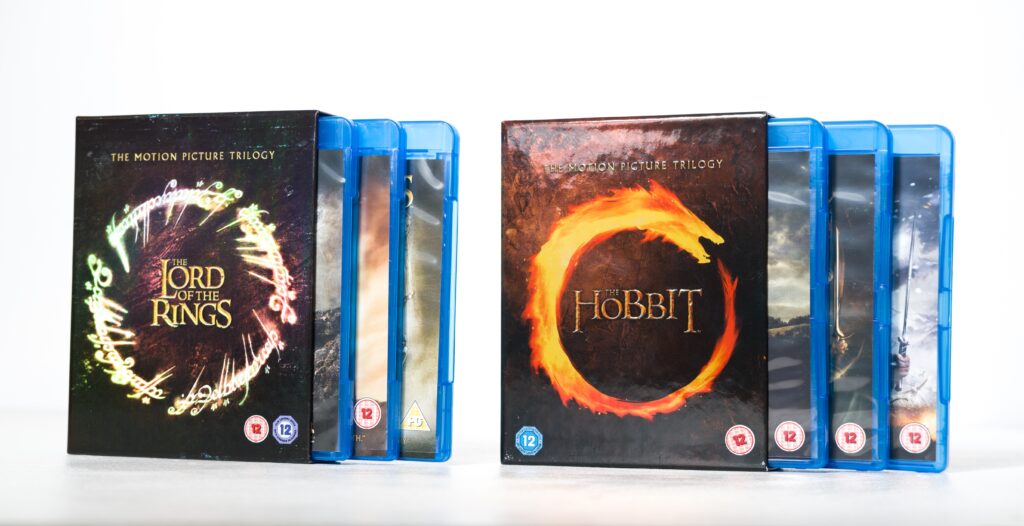
Peter Jackson’s adaptation of J.R.R. Tolkien’s epic fantasy remains one of the most celebrated book-to-movie projects of all time. The films not only captured the sweeping landscapes of Middle-earth but also stayed true to the spirit of Tolkien’s storytelling. Fans praised the way characters like Frodo, Gandalf, and Aragorn were brought to life with both depth and heart.
While some plot elements were condensed or adjusted, the movies maintained the essence of the original saga. The combination of groundbreaking visuals and emotional storytelling kept audiences invested for nearly twelve hours of screen time. It set a new bar for how fantasy literature could be translated into cinema without losing its soul.
Harry Potter Series
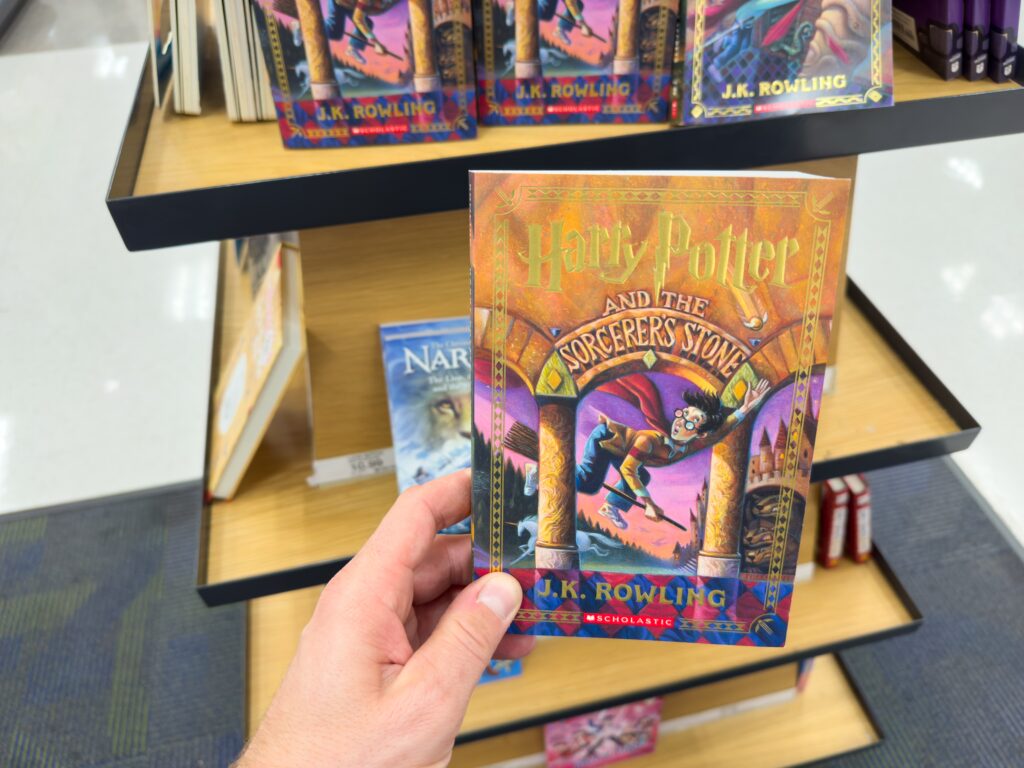
The Harry Potter films gave readers a chance to see Hogwarts, Quidditch matches, and magical duels unfold right before their eyes. Starting with “The Sorcerer’s Stone,” the series grew darker and more complex, mirroring the progression of J.K. Rowling’s novels. Audiences were especially drawn to the casting, which seemed tailor-made for the characters.
Although not every subplot made it into the films, the movies captured the central journey of Harry and his friends. From the whimsical charm of early installments to the emotional weight of the final battle, the series stayed faithful to its tone. As a result, it became a cultural touchstone for an entire generation of fans.
The Shawshank Redemption
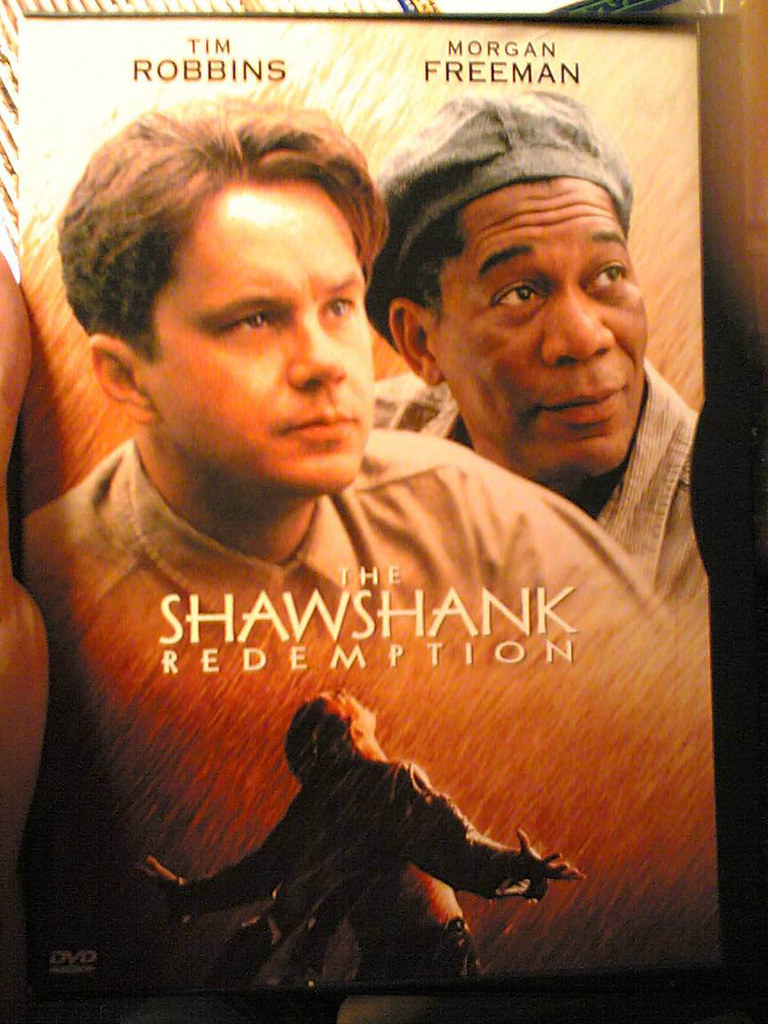
Based on a novella by Stephen King, this film proved that not all of his best adaptations involve horror. The story of Andy Dufresne’s quiet resilience inside Shawshank Prison struck a chord with audiences worldwide. Tim Robbins and Morgan Freeman delivered performances that made the film timeless.
Frank Darabont’s direction brought subtle but powerful layers to the narrative. While the book offered a gripping tale, the movie gave it a human warmth that elevated its themes of hope and friendship. Today, it is regarded as one of the greatest films ever made, surpassing even the popularity of its source material.
The Godfather
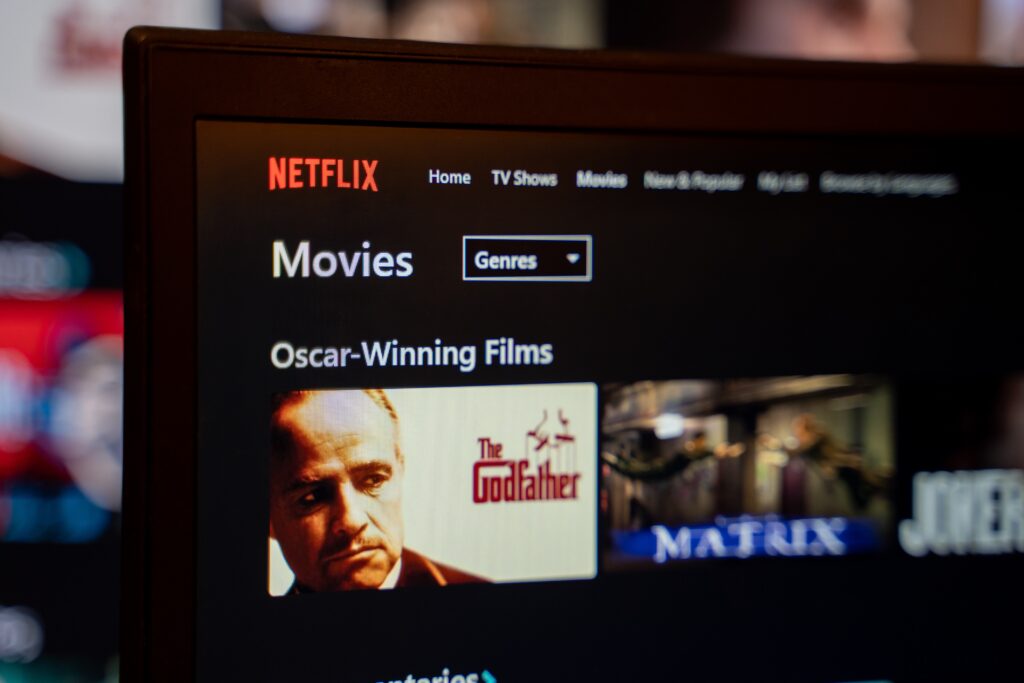
Mario Puzo’s novel about the Corleone crime family found new life through Francis Ford Coppola’s film. The adaptation perfectly balanced loyalty to the book with cinematic innovation, resulting in a masterpiece of storytelling. Marlon Brando’s portrayal of Vito Corleone alone cemented its place in film history.
The film deepened certain characters while streamlining others to sharpen the narrative. This careful adjustment made the story more accessible without losing its richness. It remains a rare example of a movie that matches, and some would argue surpasses, the power of the original novel.
Pride & Prejudice (2005)
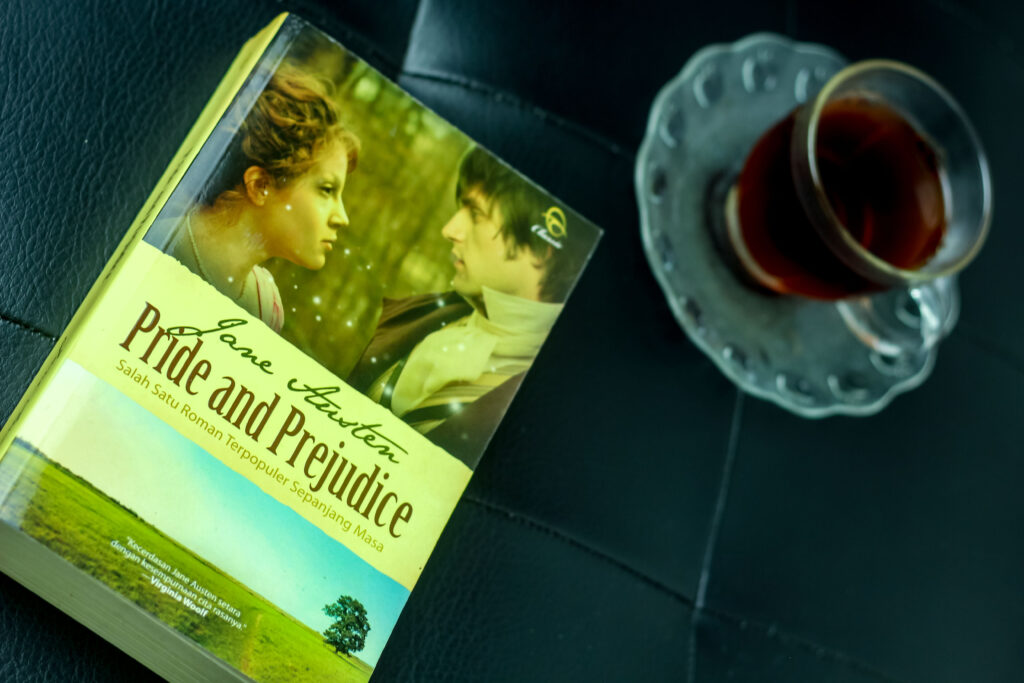
Jane Austen’s timeless novel has seen many adaptations, but the 2005 version directed by Joe Wright stands out. Its lush visuals and heartfelt performances made it accessible to a modern audience while retaining Austen’s wit and social commentary. Keira Knightley’s portrayal of Elizabeth Bennet added a spark that made the character feel fresh yet authentic.
The film trimmed some of the book’s length but kept the heart of the story intact. By focusing on Elizabeth and Darcy’s evolving relationship, it captured the essence of Austen’s themes. It became a favorite for both die-hard Austen fans and newcomers alike.
The Hunger Games
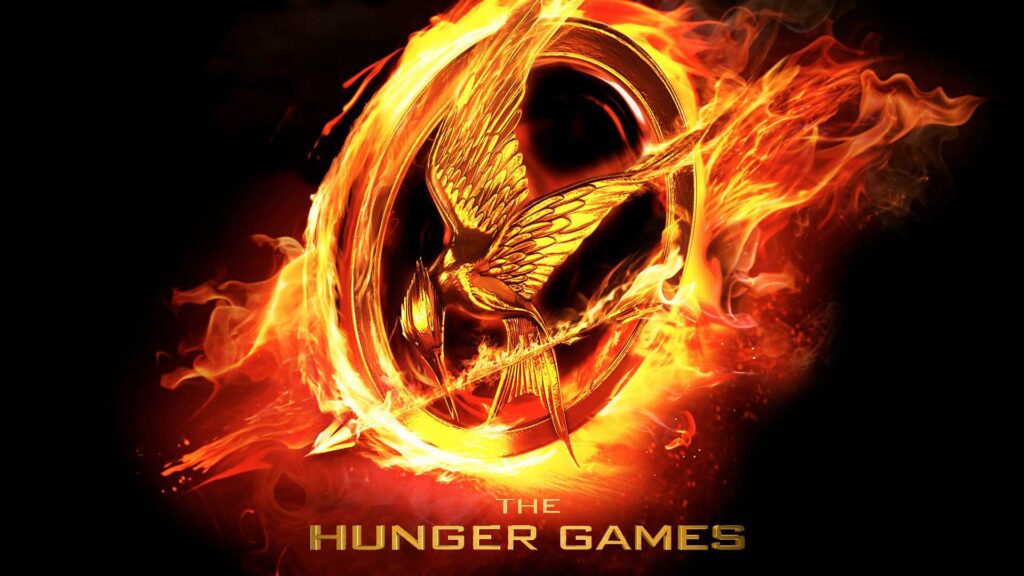
Suzanne Collins’ dystopian trilogy made a smooth transition to the big screen. The first film introduced audiences to the harsh world of Panem, blending action with sharp social critique. Jennifer Lawrence’s performance as Katniss Everdeen grounded the story in raw emotion.
The adaptation carefully preserved the suspense and moral tension of the novels. While some details were simplified, the core struggle for survival and justice remained. This approach kept both readers and new audiences invested throughout the four-film series.
Little Women (2019)
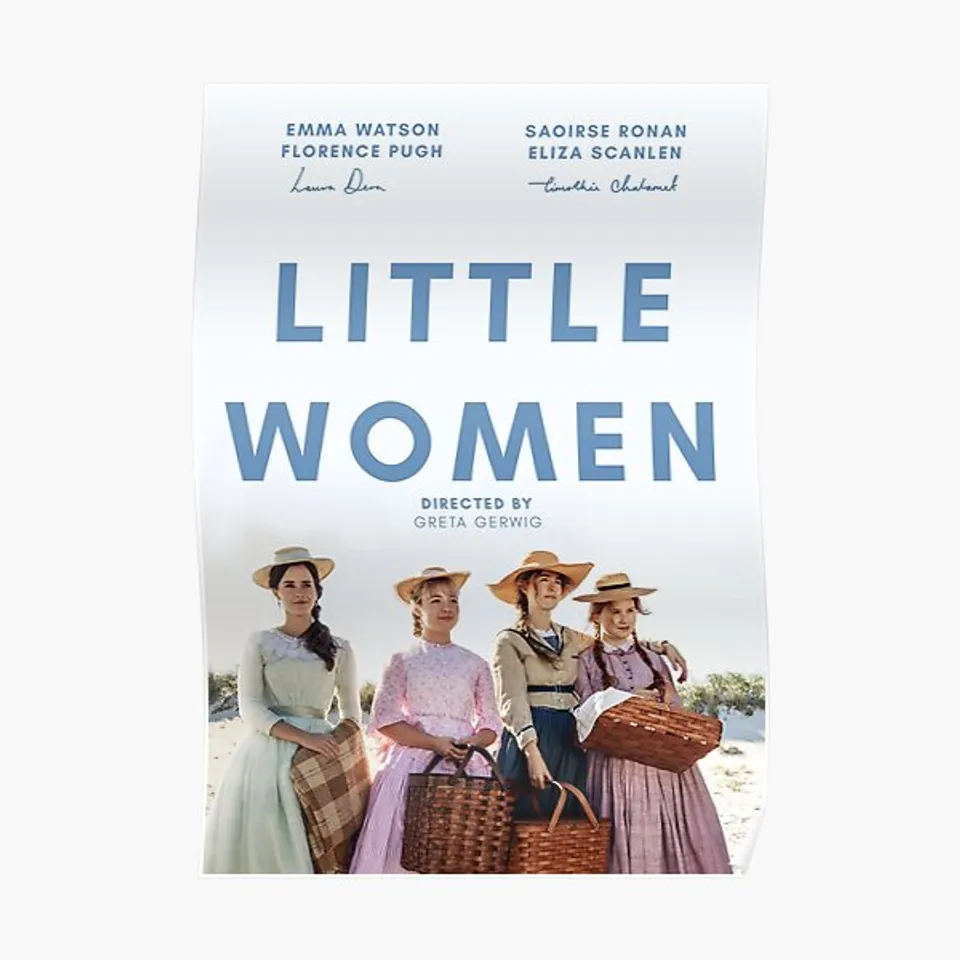
Greta Gerwig’s adaptation of Louisa May Alcott’s novel offered a fresh perspective while honoring the classic. By playing with the timeline, Gerwig highlighted the characters’ growth in a unique and engaging way. Saoirse Ronan and Florence Pugh stood out in their roles, adding layers of nuance to Jo and Amy.
The movie balanced nostalgia with innovation, making the story feel both familiar and new. It emphasized themes of family, independence, and ambition that still resonate today. Audiences appreciated how it breathed new life into a beloved tale.
The Silence of the Lambs
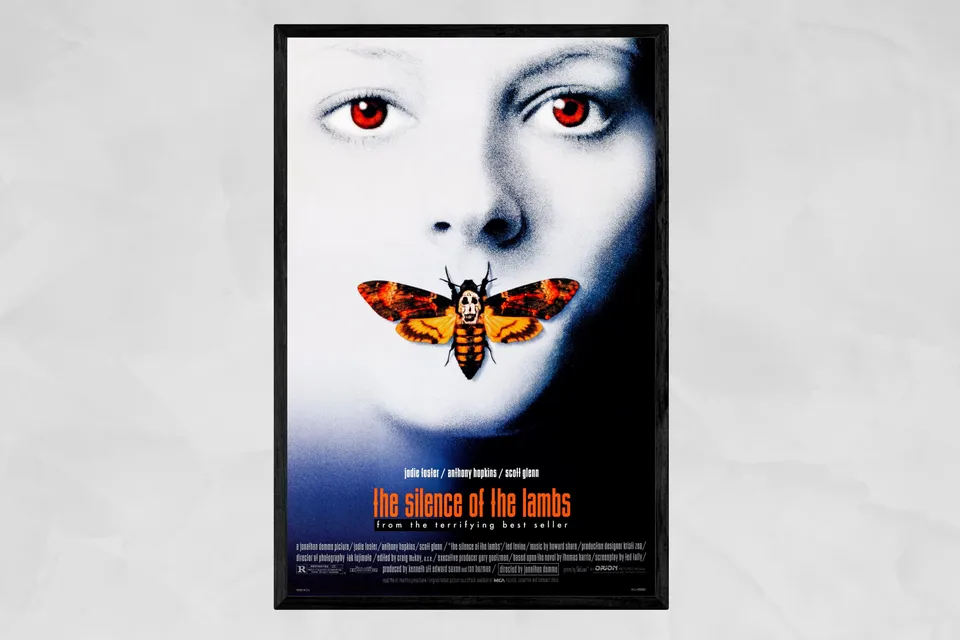
Thomas Harris’ novel introduced Hannibal Lecter, but it was the film that etched him into popular culture. Anthony Hopkins’ chilling yet refined performance redefined cinematic villains. Jodie Foster’s Clarice Starling provided the perfect counterbalance, making their dynamic unforgettable.
The movie preserved the tension and psychological depth of the novel. Its careful pacing built suspense while staying faithful to the story’s central conflict. Winning multiple Academy Awards, it proved that a thriller could be both disturbing and deeply artful.
To Kill a Mockingbird
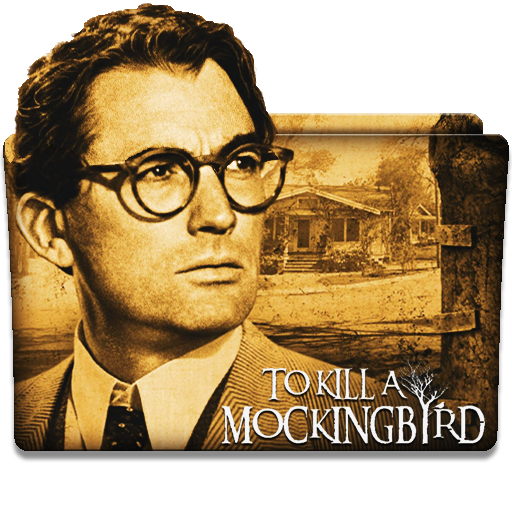
Harper Lee’s Pulitzer Prize-winning novel was translated into a moving film in 1962. Gregory Peck’s performance as Atticus Finch embodied moral strength and integrity. The film captured the emotional weight of a child witnessing injustice in a divided town.
While condensing some plotlines, the adaptation retained the novel’s heart. It preserved the lessons about empathy and fairness that defined the original. Decades later, both book and film remain powerful tools for sparking conversations about justice.
Life of Pi
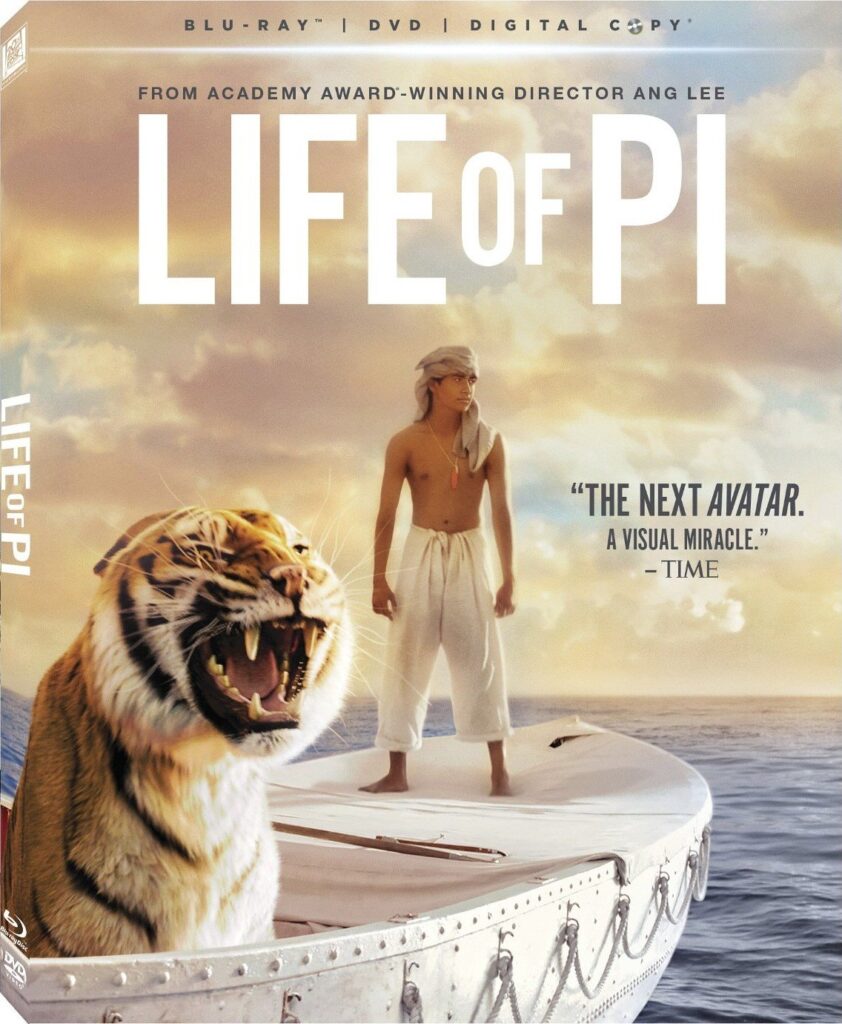
Yann Martel’s philosophical novel presented challenges for adaptation, but Ang Lee brought it to the screen with striking visuals. The story of a boy stranded with a Bengal tiger was both thrilling and meditative. Its imagery gave audiences a dreamlike experience that matched the novel’s themes.
The film stayed true to the ambiguity and wonder of the source material. By blending spectacle with deep emotional undercurrents, it captured the balance of faith and survival. It became both a critical and box office success.
Gone Girl
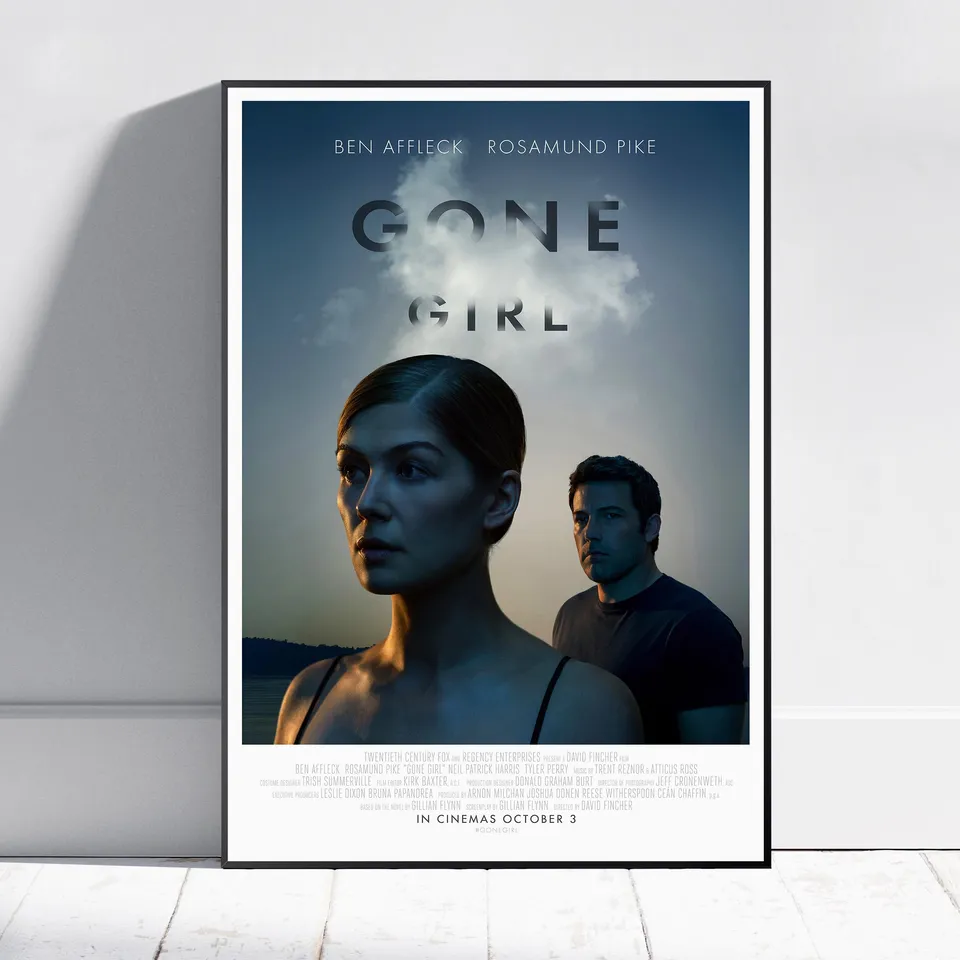
Gillian Flynn adapted her own bestselling novel into a tense and layered screenplay. The movie maintained the dark, twist-filled tone that made the book a sensation. Rosamund Pike’s performance as Amy Dunne added chilling complexity to the story.
The adaptation highlighted the media’s role in shaping public perception, a theme central to the book. While certain elements were streamlined, the film’s sharp edge remained intact. It left audiences debating long after the credits rolled.
The Green Mile
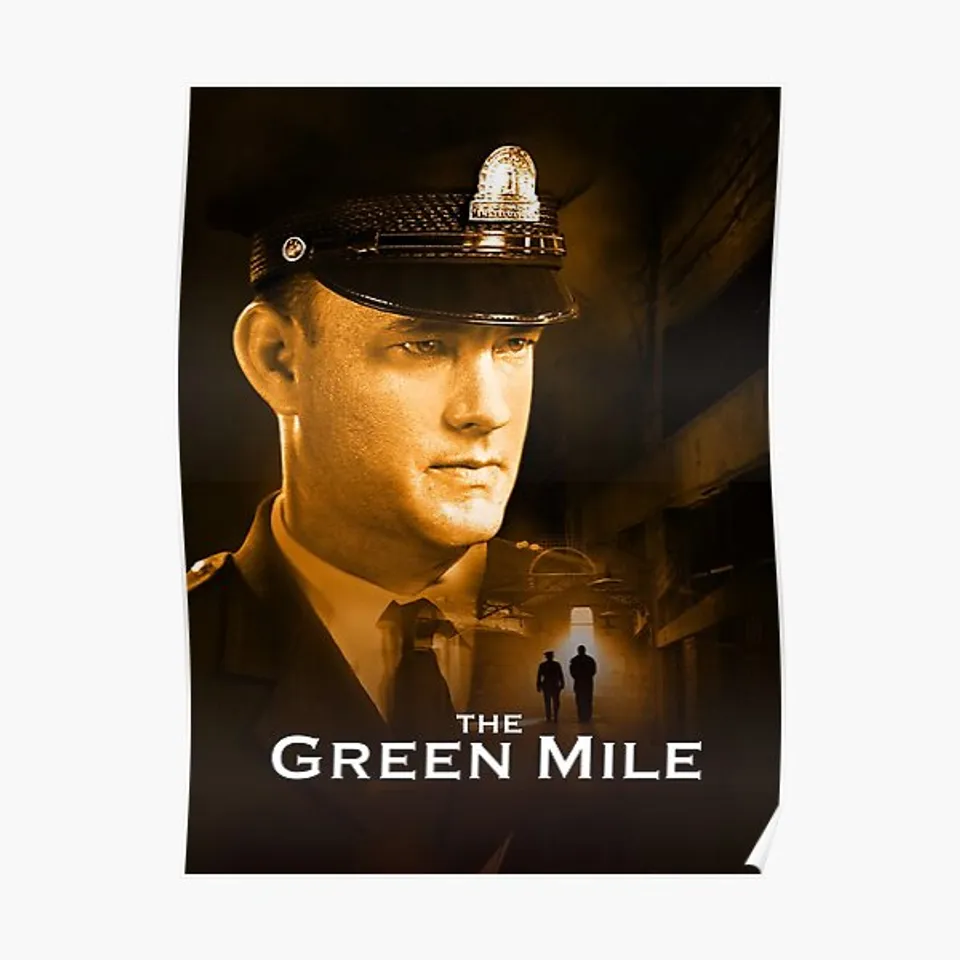
Another Stephen King story brought to life by Frank Darabont, this adaptation mixed magical realism with prison drama. Tom Hanks and Michael Clarke Duncan anchored the film with heartfelt performances. The story of miracles and injustice inside a Southern prison resonated deeply with viewers.
The movie stayed close to King’s serialized novel, capturing its emotional highs and lows. It delivered moments of wonder alongside profound sadness, mirroring the book’s tone. Its balance of realism and fantasy made it one of the most moving adaptations of King’s work.
The Princess Bride
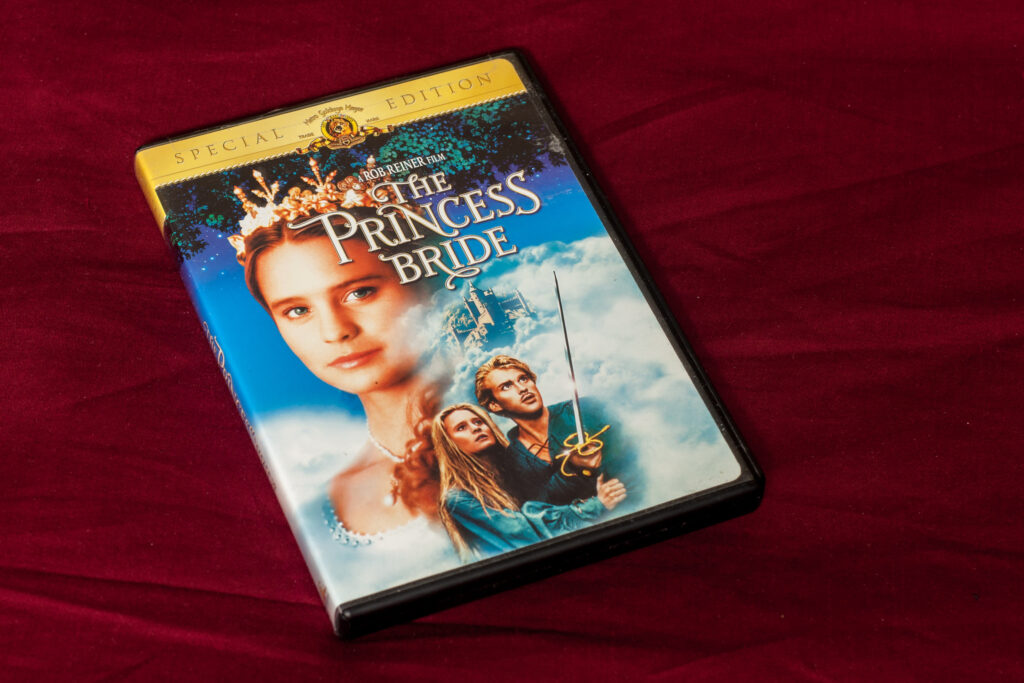
William Goldman adapted his own novel into a film that blended humor, romance, and adventure. Rob Reiner’s direction turned it into a cult classic, with endlessly quotable lines and memorable characters. Cary Elwes and Robin Wright brought warmth to the central love story.
The adaptation trimmed some of the book’s meta elements but kept its whimsical heart. Its mixture of fairy tale charm and witty dialogue made it stand out from traditional fantasy films. Over the years, it has gained a devoted fan base that spans generations.
The Devil Wears Prada
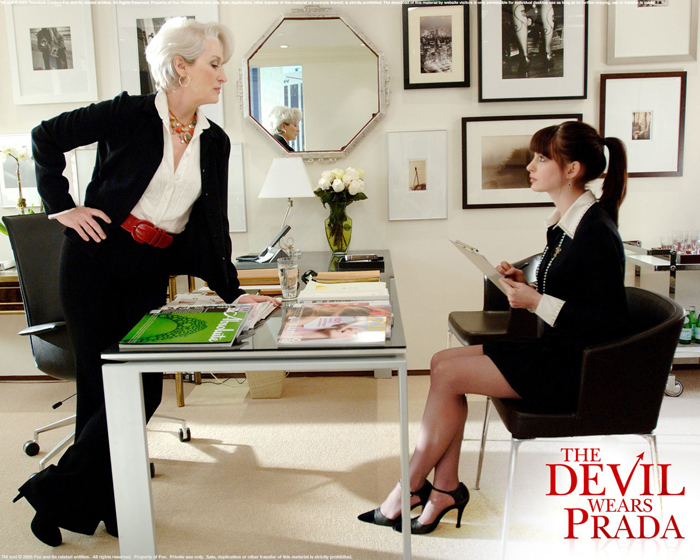
Lauren Weisberger’s novel about the fashion industry became a stylish and sharp film. Meryl Streep’s portrayal of Miranda Priestly turned her into an iconic character, while Anne Hathaway’s role as Andy Sachs gave the story emotional grounding. The movie captured the tension between ambition and personal values.
Though the film softened some of the book’s harsher edges, it sharpened the narrative for mass appeal. Its commentary on work culture and identity resonated widely. The adaptation has since become a staple for both fashion lovers and movie fans.
Crazy Rich Asians
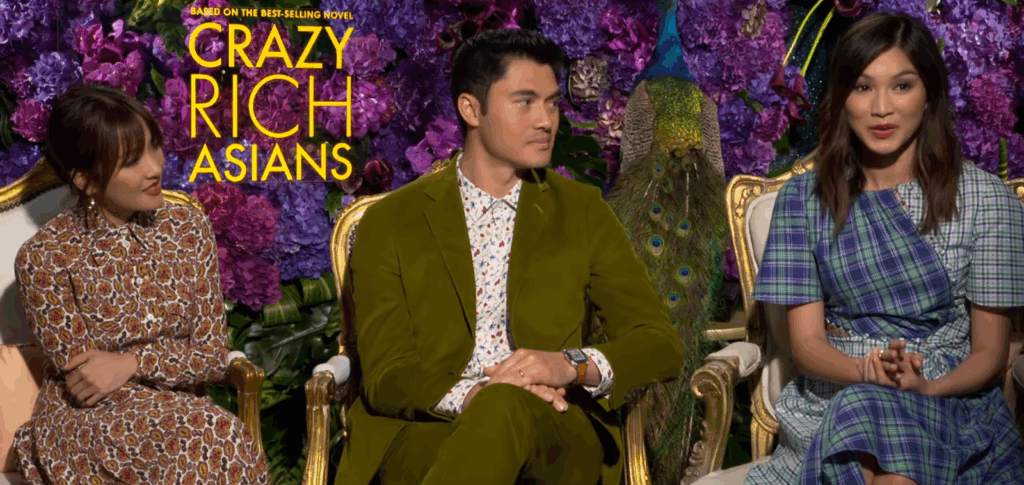
Kevin Kwan’s bestselling novel was adapted into a vibrant romantic comedy. The film showcased Singapore’s high society with dazzling visuals and heartfelt performances. Constance Wu and Henry Golding brought charm and relatability to the central couple.
The adaptation trimmed some side stories but kept the novel’s themes of love, family, and cultural identity. It also broke ground as a Hollywood film with an all-Asian cast. Both entertaining and meaningful, it became a milestone in modern cinema.
This article originally appeared on Avocadu.
